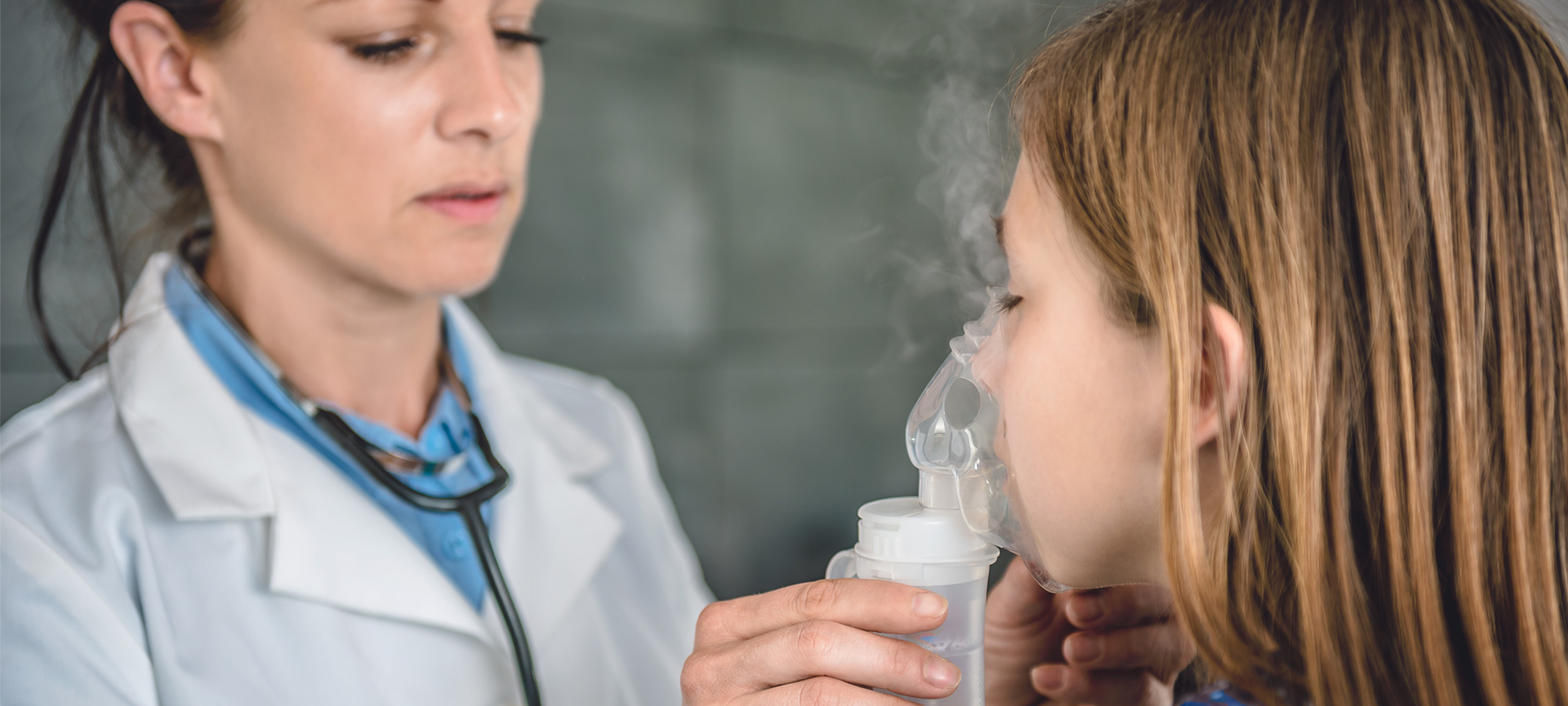| Emergency Medicine: Common Pediatric and Adult Challenges in the Emergency Department |
| Mon Apr 08, 2019 - Fri Apr 12, 2019 |
| 8:00am-12:15pm |
| Hyatt Regency Mission Bay, San Diego, California |
| SEMLA-3320190408 |
|

Presented By
Presenter
-
Joel Kravitz, M.D., F.A.C.E.P., F.R.C.P.S.C. (Learn More)

Associate Residency Director, Emergency Medicine Residency Program, Community Medical Center RWJ Barnabas, Toms River, NJ -
Robert A. Belfer, M.D. (Learn More)

Professor of Clinical Pediatrics, Perelman School of Medicine at the University of Pennsylvania; and Director, Children's Emergency Department, Children's Hospital of Philadelphia at Virtua, Voorhees, NJ
Course Outline
Day 1
Coagulopathy in the ER: All Bleeding Stops Eventually.
Upon completion of this session, the participant should be able to: COMP, EBM
- Differentiate different patterns of coagulopathy that present to the ED.
- Develop an evaluation and treatment plan for non-traumatic bleeding disorders in the ED, including hemophilia, TTP, ITP and others.
- Outline the rationale and indications for the use of blood products used in the treatment of the bleeding patient.
- Discuss some of the newer anticoagulation agents used today, such as Prasugrel (Effient) and Dabigatran (Pradaxa), as per thr referenced RCT’s and EBM studies such as Rocket, RE-LY and Einstein.
Trauma and Orthopedic Pitfalls – Injuries Not To Be Missed.
Upon completion of this session, the participant should be able to: COMP
- Detect subtle injuries that, unless treated, can have impact on long term musculoskeletal function.
- Determine and treat subtle presentation of severe traumatic and neurologic injuries.
- Distinguish particular injury patterns to avoid missing correlated injuries in a traumatically injured patient.
Life-Threatening Pediatric Infections.
Upon completion of this session, using national Evidence Based Medicine sources including Cochrane Collaboration and published guidelines from sources including the American Academy of Pediatrics, the participant should be able to: EBM, GL, COMP
- Conclude that as newer immunizations eradicate many serious infections, we are still faced with certain pathogens that can cause severe morbidity and mortality.
- Recognize, diagnose and manage the following diseases:
- Toxic Shock Syndrome;
- Meningococcemia;
- Rocky Mountain Spotted Fever;
- Kawasaki Syndrome.
- Develop an approach to the patient who presents with fever and a rash.
Upper Airway Emergencies in the Pediatric Patient.
Upon completion of this session, using national Evidence Based Medicine sources including Cochrane Collaboration and published guidelines from sources including the American Academy of Pediatrics, the participant should be able to: EBM, GL, COMP
- Recommend medication therapy for selected upper airway emergencies.
- Interpret the most recent evidence-based literature in the approach to the child with croup.
Distinguish and discriminate among the varied presentations of pediatric stridor.
Day 2
Non-Traumatic Surgical Abdominal Emergencies.
Upon completion of this session, using national Evidence Based Medicine sources including Cochrane Collaboration and published guidelines from sources including the American Academy of Pediatrics, the participant should be able to: EBM, GL, COMP
- Recognize pediatric abdominal processes that require surgical intervention.
- Formulate and prepare initial emergency room management of specific abdominal surgical emergencies.
Pediatric Seizures I. Status Epilepticus, II. Febrile Seizures.
Upon completion of this session, using national Evidence Based Medicine sources including Cochrane Collaboration and published guidelines from sources including the American Academy of Pediatrics, the participant should be able to: EBM, GL, COMP
- Demonstrate appropriate medications to treat pediatric status epilepticus.
- Utilize the literature concerning epidemiology of febrile seizures in educating patients’ families.
Neuromuscular Weakness.
Upon completion of this session, the participant should be able to: COMP
- Discriminate between various clinical entities causing neuromuscular weakness, including Guillain-Barré syndrome, myasthenia gravis, and others.
- Demonstrate techniques to be able to discriminate between organic and functional weakness.
- Compare and contrast upper and lower motor neuron disease.
Ophthalmologic Emergencies.
Upon completion of this session, the participant should be able to: COMP, GL
- Develop an algorithm for the differential diagnosis of the red eye.
- Create a diagnostic strategy for sudden monocular and binocular blindness.
- Review the treatment plans for emergent ophthalmic conditions, including glaucoma, and retinal vein and artery occlusions as per the American Academy of Ophthalmology preferred practice pattern guidelines.
- Develop a treatment strategy for ophthalmic trauma.
Day 3
Drug-Drug Interactions (DDIs).
Upon completion of this session, the participant should be able to: COMP, GL
- Assess the scope of the problem of drug-drug interactions as it pertains to both the outpatient and emergency settings.
- Explore interactions between prescription and non-prescription medications and review their treatments in the context of the Beers Criteria.
- Review common drug-drug interactions and their complications commonly seen in the emergency room.
Endocrine Emergencies.
Upon completion of this session, the participant should be able to: COMP, GL
- Develop, using the latest evidence and the ADA position statement, a comprehensive treatment plan for diabetic ketoacidosis (DKA).
- Compare and contrast DKA and hyperosmolar non-ketotic states (HHNK).
- Detect adrenal insufficiency and formulate an efficient treatment plan.
- Construct treatment algorithms as per the AACE guidelines, for the management of thyrotoxicosis, hyperthyroidism and thyroid storm.
Visual Diagnosis: You Make the Call.
Upon completion of this session, using national Evidence Based Medicine sources including Cochrane Collaboration and published guidelines from sources including the American Academy of Pediatrics, the participant should be able to: EBM, GL, COMP
- “Make the correct call” on slides representing interesting physical examination findings of pediatric patients.
- Evaluate the visual presentation of over 25 different conditions to determine the DDx, lab, imaging and/or their respective treatments or referral as indicated. Some conditions to be covered include:
- Testicular Torsion
- Herpes Zoster
- Periorbital Cellulitis
- Mastoiditis
- Erythema Multiforme (Minor)
- Pre-Auricular Adenitis
- Lap-Belt Complex
- Hematuria
The Child with a Limp.
Upon completion of this session, using national Evidence Based Medicine sources including Cochrane Collaboration and published guidelines from sources including the American Academy of Pediatrics, the participant should be able to: EBM, GL, COMP
- Discuss the importance of age to specific hip pathology.
- Differentiate etiologies of limp in the pediatric patient.
- Review management of specific orthopedic conditions.
Day 4
The Septic Appearing Infant.
Upon completion of this session, using national Evidence Based Medicine sources including Cochrane Collaboration and published guidelines from sources including the American Academy of Pediatrics, the participant should be able to: EBM, GL, COMP
- Conclude that an infectious etiology is not the only cause of a “toxic” appearing child.
- Differentiate neurologic, hematologic, toxin, and cardiac causes of the ill child.
Judicious Use of Antibiotics in Outpatient Setting.
Upon completion of this session, using national Evidence Based Medicine sources including Cochrane Collaboration and published guidelines from sources including the American Academy of Pediatrics, the participant should be able to: EBM, GL, COMP
- Identify antibiotic prescribing patterns, outcomes, and expenditures for common pediatric conditions.
- Differentiate between common pediatric infections and those that require antibiotic treatment.
- Develop a clinical approach to the diagnosis and therapy of sinusitis.
Is This Test Necessary: Efficient Use of Testing in the Emergency Department.
Upon completion of this session, the participant should be able to: GL, COMP
- Develop, using the available evidence, efficient decision making skills for the use of some commonly used lab & radiographic tests in the ED as per the COC guidance and recommendations.
- Determine the utility of some less commonly used tests in the ED, including strep tests, D-dimers and coagulation tests.
- Evaluate case scenarios to discuss optimizing patient care while reducing unnecessary costs.
Management of the Emergency Psychiatric Patient.
Upon completion of this session, the participant should be able to: GL, COMP
- Recognize the early signs of agitation and employ strategies to resolve them.
- Select appropriate agents for chemical restraint based on available evidence.
- Using ACEP guidelines as a framework, develop a plan for the medical clearance of a psychiatric patient.
Day 5
Abdominal Pain – The Black Box of the Belly.
Upon completion of this session, the participant should be able to: COMP, GL
- Review some challenging cases of abdominal pain to help differentiate benign from severe abdominal pain.
- Evaluate the utility of various tests, including labs, ultrasound and CT scan, including during pregnancy using the ACOG opinion guidelines, in the diagnosis of abdominal pain.
- Determine subtle features of certain presentations of abdominal pain that suggest a more severe cause.
- Explore diagnoses of abdominal pain in the absence of abdominal pathology.
Facial Trauma.
Upon completion of this session, the participant should be able to: COMP
- Perform both a rapid screen and a thorough evaluation of the patient with facial trauma.
- Outline the challenges in securing an airway in the patient with facial trauma.
- Describe the indication for different imaging procedures for facial trauma.
- Manage injuries to the soft tissues of the face (lips, tongue, eyelids…).
Orthopedic Conditions Above the Hip.
Upon completion of this session, using national Evidence Based Medicine sources including Cochrane Collaboration and published guidelines from sources including the American Academy of Pediatrics, the participant should be able to: EBM, GL, COMP
- Interpret radiographs that demonstrate Salter-Harris fractures in the pediatric patient.
- Initially manage fractures of the upper extremity and recognize when to refer to an Orthopedic Surgeon.
- Develop management plans for fractures; assess the need for urgent orthopedic consultation.
Articles That Change the Way We Practice Pediatric Emergency Medicine.
Upon completion of this session, using national Evidence Based Medicine sources including Cochrane Collaboration and published guidelines from sources including the American Academy of Pediatrics, the participant should be able to: EBM, GL, COMP
- Analyze the latest Emergency Medicine literature to bring improved care to the bedside.
Accreditation
This program is not yet approved for CME credit.


